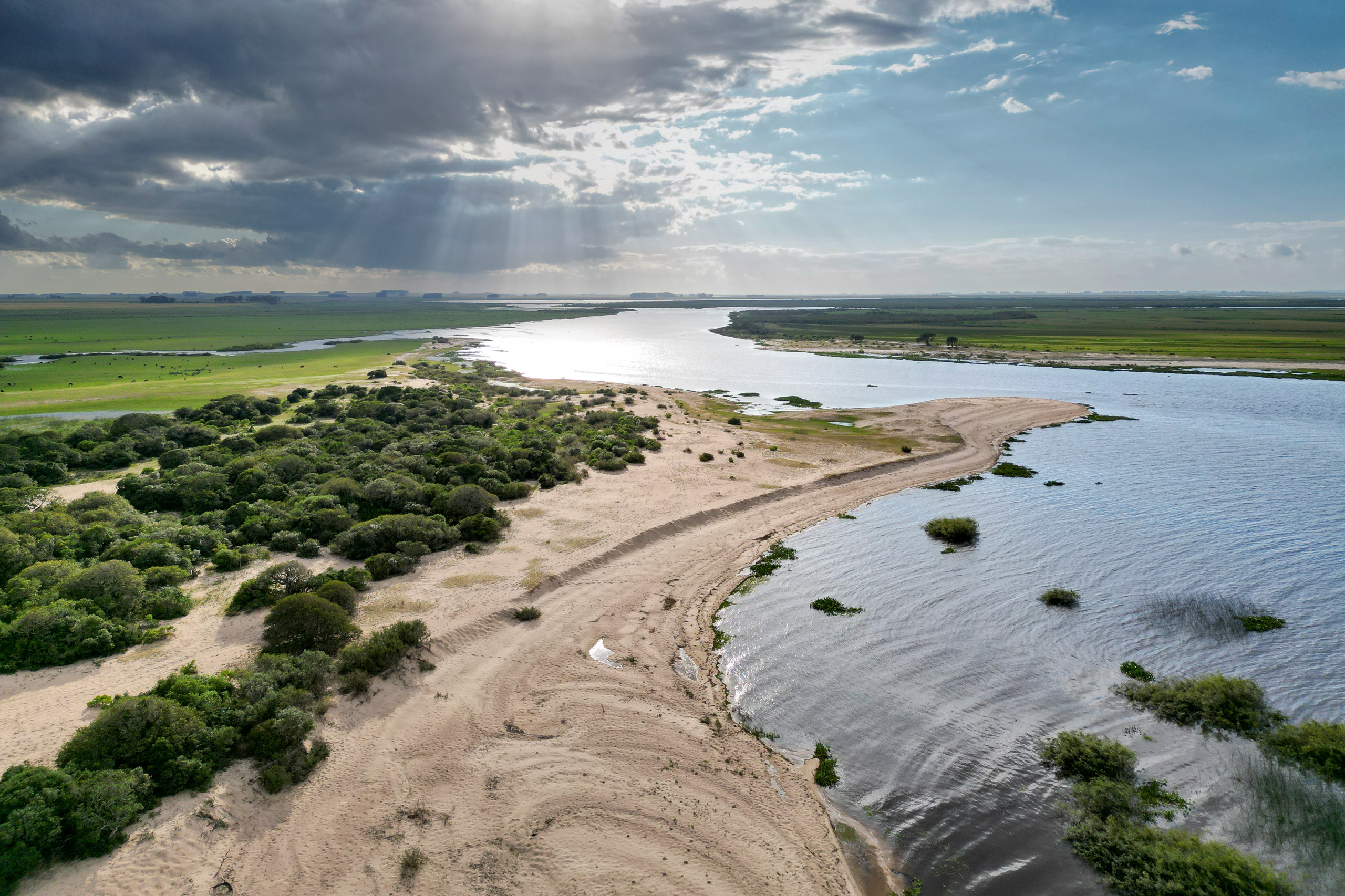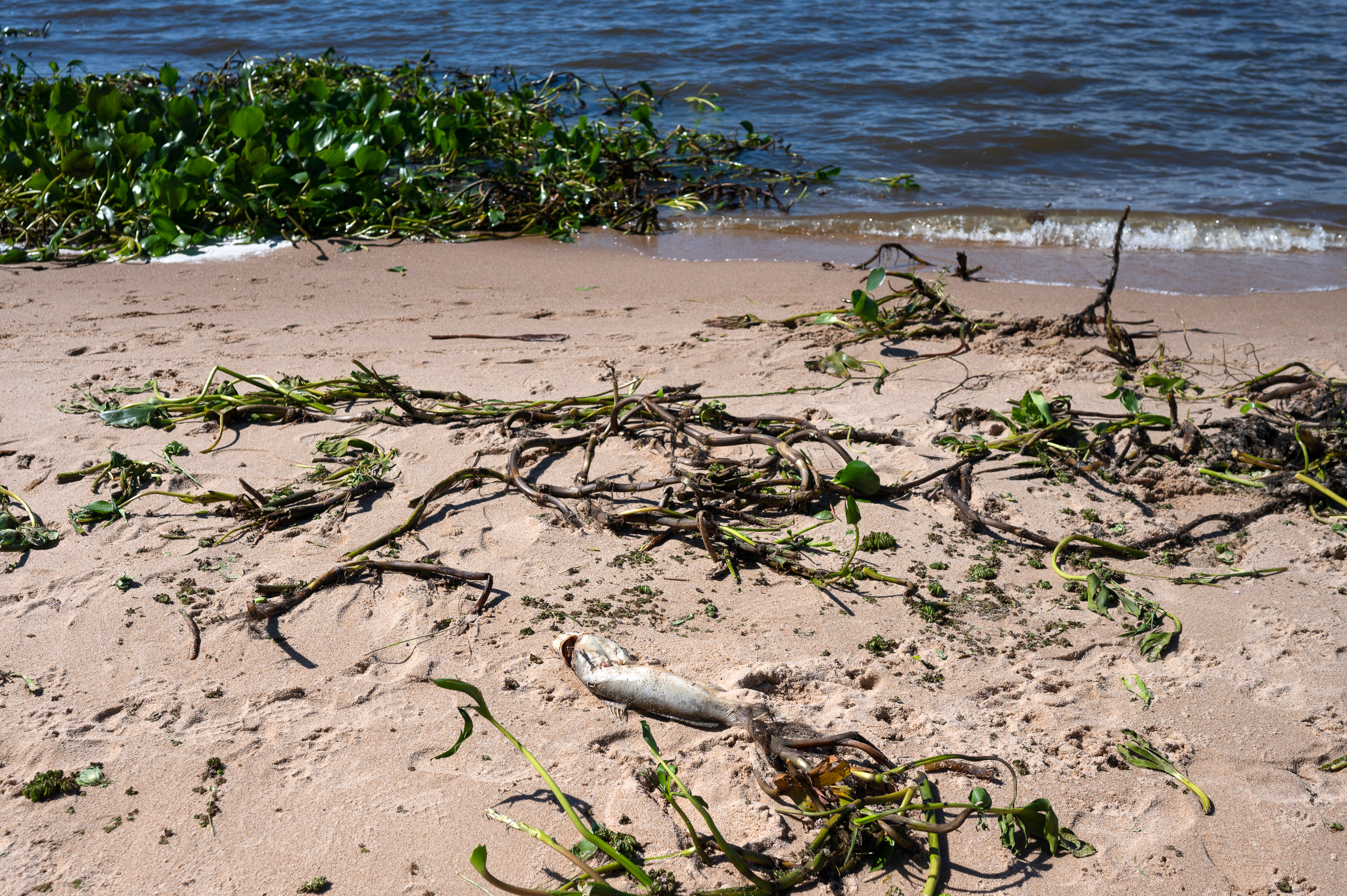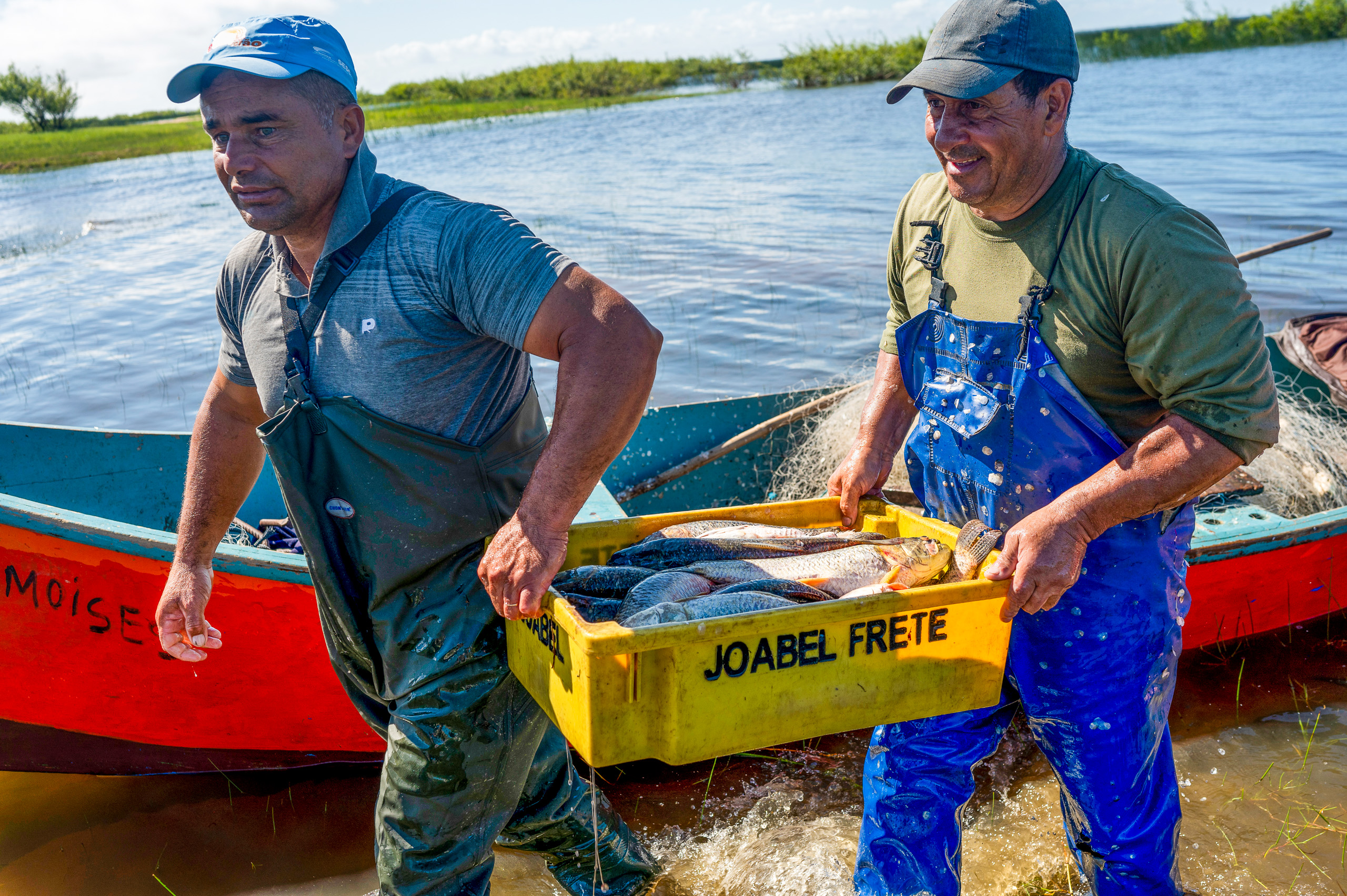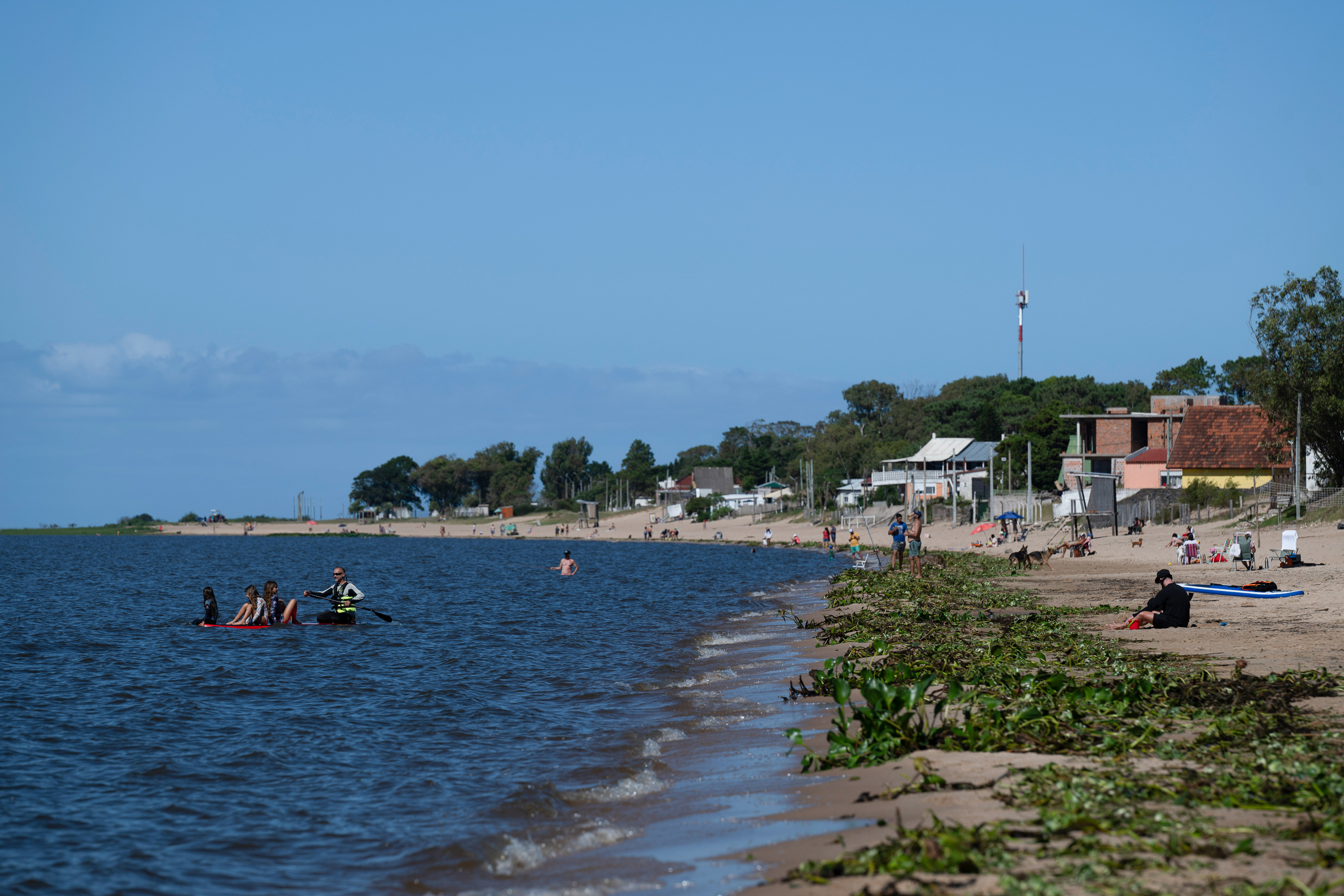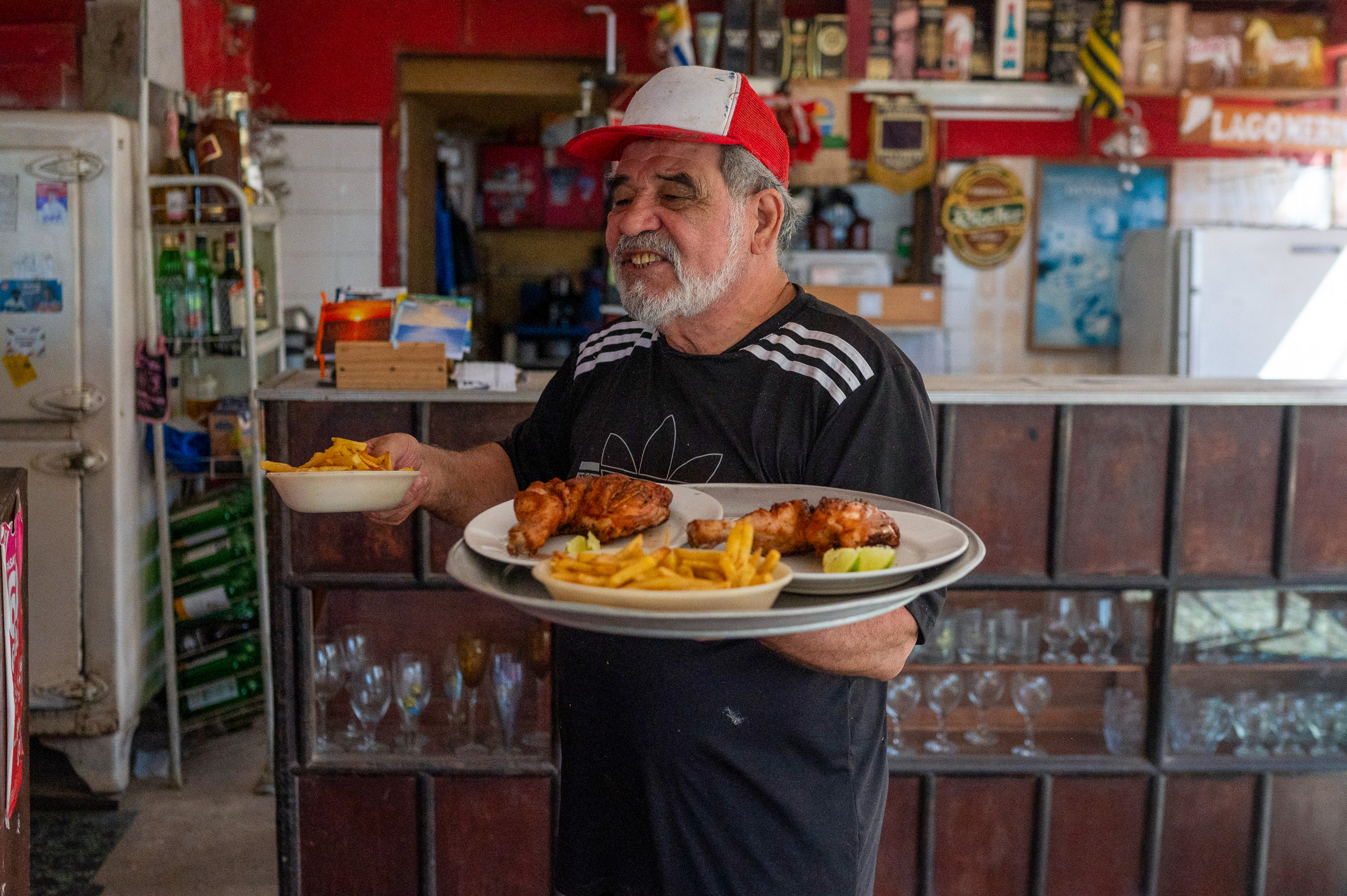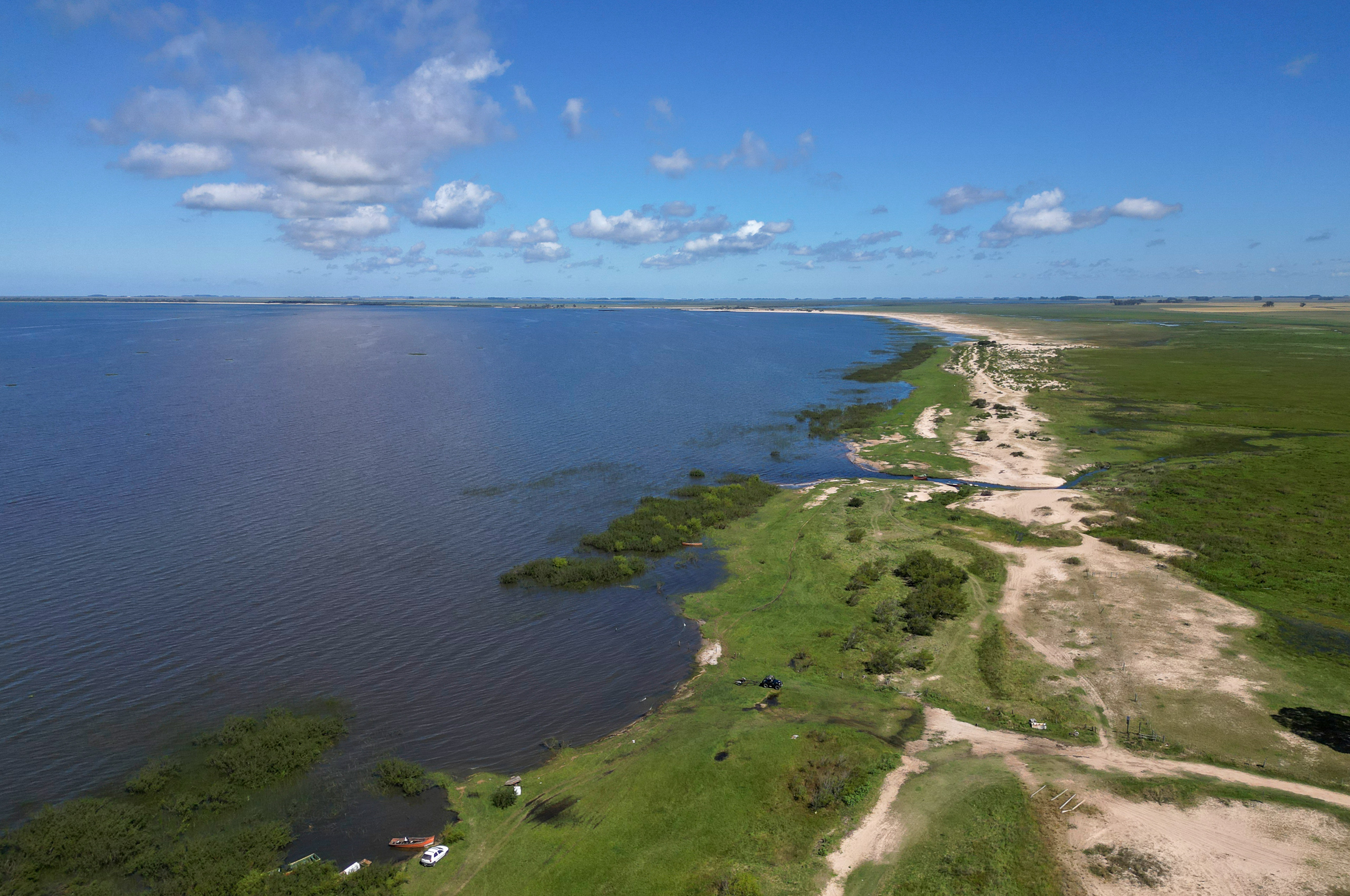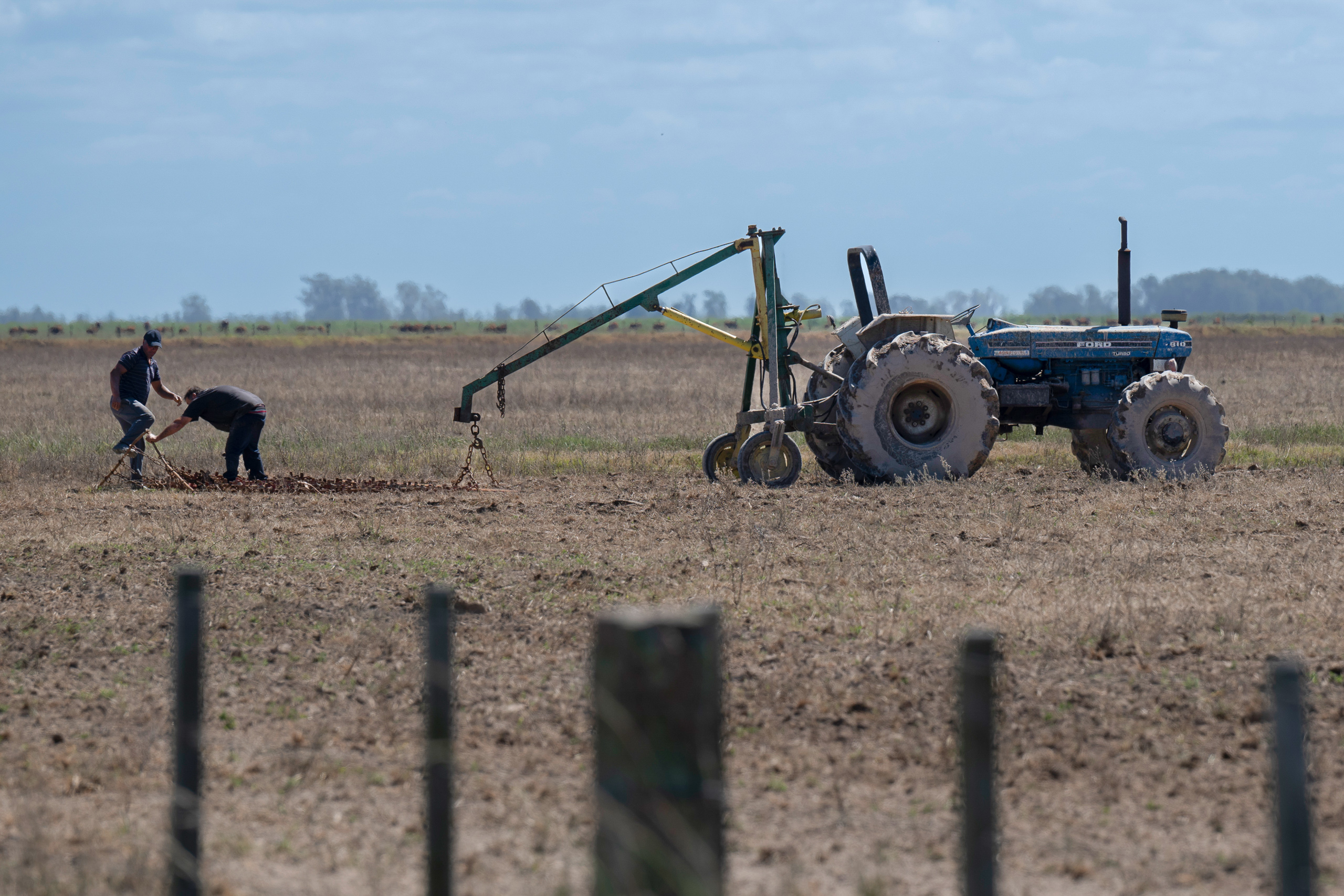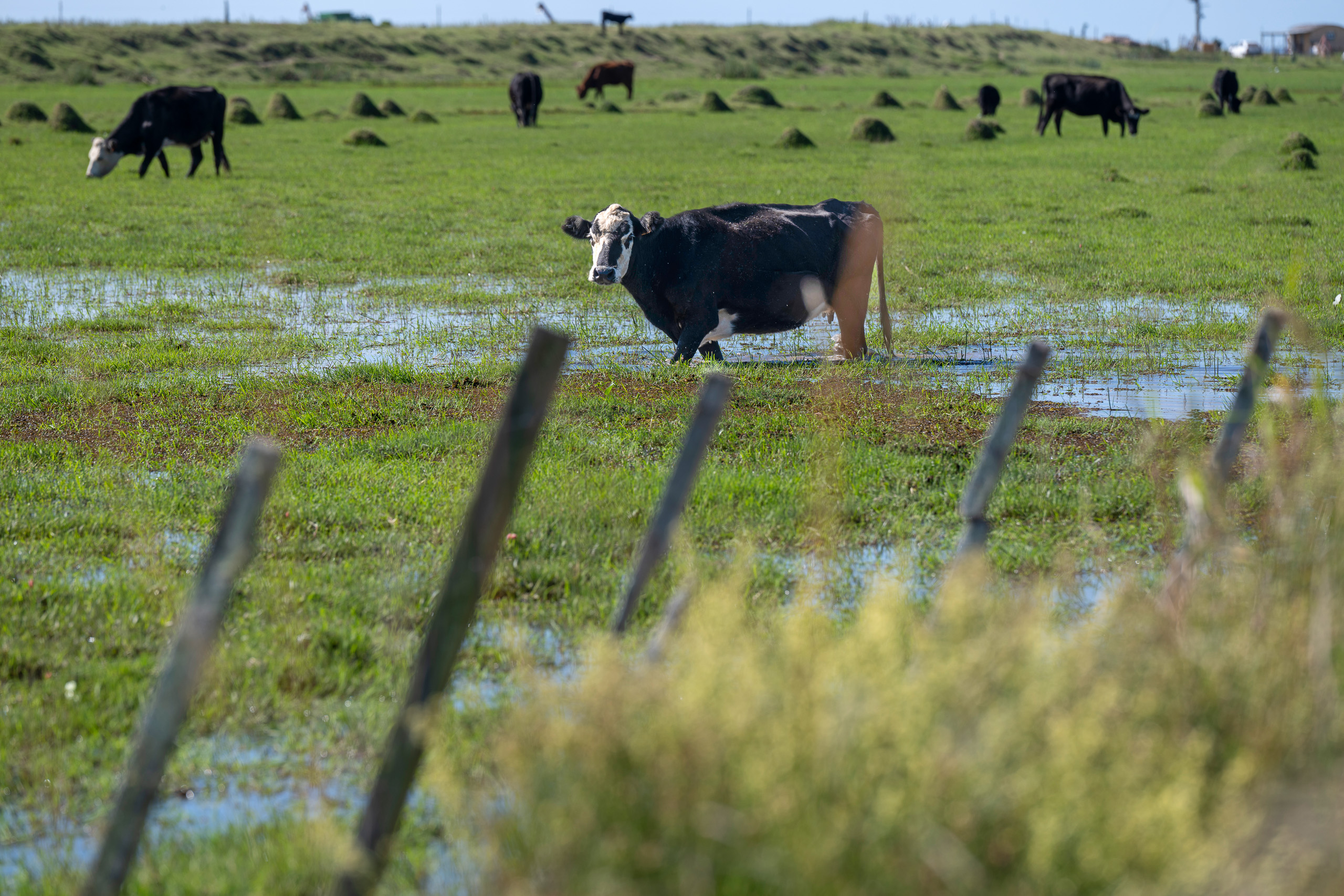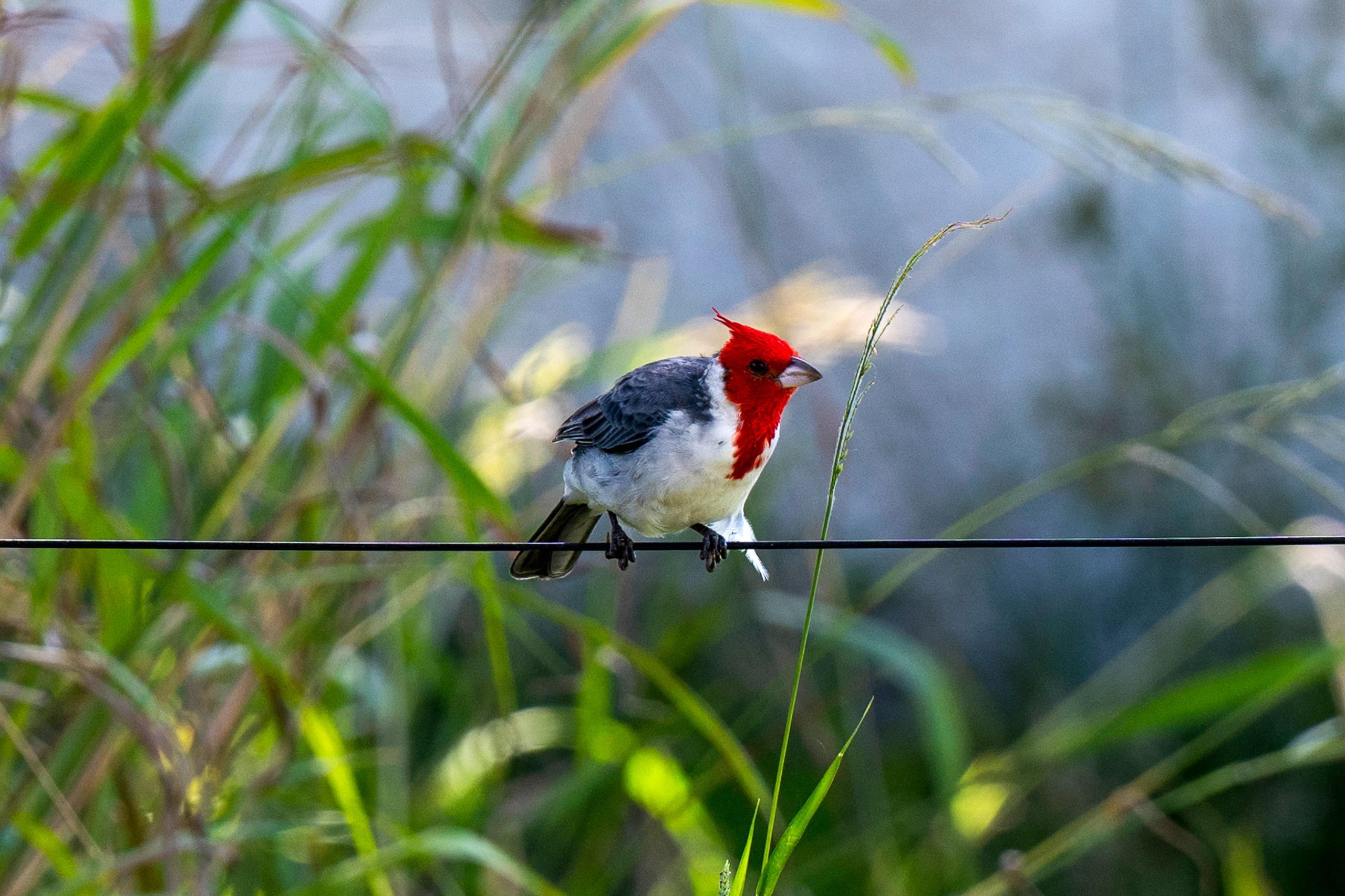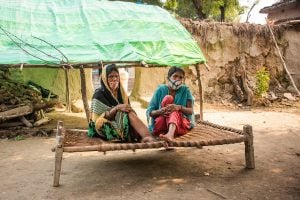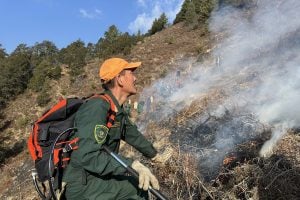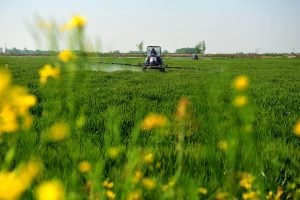The north of Uruguay and southern Brazil share one of the largest freshwater sources in the world: the basin formed by the Patos Lagoon in Brazil, and Lake Merín that crosses their borders. It is here that the countries’ governments plan to link several existing watercourses to create an 800-kilometre waterway. The proposed project could facilitate and increase exports of soy, timber and rice, via an alternative route to the north that would avoid slower transit through the traditional ports in Uruguay’s south.
With nine metres of dredging planned, the as-yet unnamed waterway could enable the passage of larger boats, and see a port built along its route on the Tacuarí River in Uruguay. The project, mooted since the 1960s, will pass through a lake ecosystem of 143,000 square kilometres, and an area inhabited by some 4.5 million people across both countries.
For the governments of Uruguay and Brazil, as well as the Economic Commission for Latin America and the Caribbean (ECLAC), the project has been put forward to reduce the costs of maritime transport and bring economic development to the surrounding areas. However, communities living near the Uruguayan banks of Lake Merín are expressing fears over possible environmental and social impacts, in an area they describe as already being affected by pollution.
Lake Merín: already vulnerable
The Lake Merín basin spans just over 62,000 km2, of which 33,000 km2 is situated in Uruguay. It is one of the largest freshwater reserves in the world, though, ironically, its original name “Mi-Ri”, which comes from the Indigenous Tupi-Guarani language, means “small”.
Four rivers and several streams flow into the lake, with its basin stretching across three Uruguayan departments and into the Brazilian state of Rio Grande do Sul.
The majority of the lake’s water, 98%, is accessible for use in productive activities, primarily to flood rice crops growing nearby. However, when such crops have matured three months later, the same water returns to the lagoon, often carrying quantities of fertilisers and insecticides.
Rice cultivation on these lands, which has taken place on what were originally wetlands, is considered to be the main pollutant of the water body: monitoring conducted in the basin between 2014 and 2021 found more than 80 chemical pollutants present in its waters.
The potential further expansion of rice farming and, to a lesser extent, soybean crops due to the waterway project, is of concern to inhabitants in the basin’s vicinity, who rely on the lagoon for their livelihood.
“Where there used to be fish and birds, now there is rice,” says fisherman Rafael Carnales. “It’s the so-called progress and we can’t fight it. And now we will have the waterway in the same place where I was fishing today.”
A report by the Centro Universitario Regional del Este (CURE) and the University of the Republic (Udelar) noted how chemicals related to rice cultivation, applied on crops and dispersed through air, on the soil surface or through the soil, become integrated into the hydro-social cycle. This produces “different secondary effects on the food web, biodiversity, trophic status, and the life of organisms, including direct and indirect effects on people”; the report points to health concerns among small-scale farmers who live and work in the vicinity of industrial rice production, as well as fears for pollution and their ability to remain in their local areas in the long term.
The larger rice producers disagree with the report’s findings. “We are not generating any negative impact on the environment in the Lake Merín basin,” says Alfredo Lago, president of Uruguay’s Rice Growers’ Association (ACA). He claims that CURE and Udelar’s research takes data that ignores the lagoon’s own history. “The lake is much larger than the rice-growing area. Rice in the basin does not reach 80,000 hectares, so it seems to us that the impact of the rice activity cannot have the scale that the report wants to give to it,” he says.
We want people to be informed and decide whether the project is good or bad for themMarcos Míguez, Hue Mirí assembly member
Owing to its strategic location, the village of Lago Merín attracts a large number of tourists in the basin in the summer, being only 25 kilometres from both the Brazilian border city of Jaguarão and its Uruguayan counterpart Rio Branco. It is also relatively accessible from Melo, the capital of Uruguay’s Cerro Largo department, which is 150 kilometres away.
Solimar Rodríguez Sosa and his wife run the Alcalá Inn, one of the oldest in the village, which is home to less than 500 permanent inhabitants. He told Dialogue Earth that he is largely in favour of the waterway project, but expressed some reservations. Though he has been fighting for years for the small town to have a port that could support tourism, “the port they want to build for the waterway is only going to benefit the rice growers,” he said. “We want a marina, a port that develops tourism – mainly in the low season, because our tourism season is very short, two or three months.”
Marcos Míguez, a member of the Hue Mirí assembly, chose to move to Lago Merín in 2021 seeing it as an ideal location to raise his family. They bought a plot of land which was formerly a waste dump, cleaned it up and built their house. However, since last year, they started to see planes and drones used to fumigate crops passing by each day, in flights that he says scare his cows. Just days after the spraying began, he said he began to see dead birds appearing in the village’s gardens and courtyards.
Earlier this year, Hue Mirí submitted a letter to Uruguayan President Luis Lacalle Pou and the National Water Directorate (Dinagua) expressing their concerns about the proposed waterway, and requesting that the government guarantees citizen participation by meeting with local people before moving forward. So far, no response has been received.
Yet despite the assembly’s clear stance on the waterway, Míguez says the group does not want to impose their views on local people: “We want people to be informed and decide whether the project is good or bad for them. We have held talks here with 60 people in the community hall – informative talks open to everyone, whether they like the project or not.” He reported that many residents expressed concern over the project.
Government interest
Although it was conceived in the early 1960s, the waterway project gained momentum especially during talks in 2021 between current Uruguayan president, Luis Lacalle Pou, and the former president of Brazil, Jair Bolsonaro. Upon taking office, his successor Lula da Silva has also shown interest in the project, with their intentions made official in September 2023 in the Uruguayan city of Rivera.
That day also marked the inauguration of the first binational airport, an announcement of the restoration of the bridge linking the cities of Rio Branco and Jaguarao, as well as the dredging of the Sao Gonçalo canal, which links the Merín with the Patos Lagoon, south of Porto Alegre. Uruguay, meanwhile, said that a port would be built along the route, on the Tacuarí River.
Last December, the Brazilian government issued a call for tenders for the dredging of Lake Merín, looking for a company to also carry out the hydrographic survey, as well as the signalling works, for a total of USD 10 million.
However, these tendering processes have faced several delays in both countries.
Eduardo Morrone is a former mayor of Santa Vitoria do Palmar, the Brazilian municipality that shares the largest border with Lake Merín. He sees the waterway project as a good way for the municipality to connect to the rest of Brazil, as well as take advantage of health and education services in Uruguay. However, he believes that its fate will be tied to whether it can meet environmental regulations.
On the Brazilian side, harmful levels of phosphorus and E. coli bacteria have been detected in the waters of Lake Merín. Despite this, the municipal government has recently approved its suitability for bathing based on the latest analysis, carried out by the Rio Grande do Sul state environment agency FEPAM, though it said the approval may be rescinded subject to ongoing monitoring.
With the waterway and associated facilities still at the tendering phase, impact studies are some way off, but Morrone says “the whole project” will require an environmental licence before it can begin construction. He says he will also ask that the activities of local artisanal fishers be taken into consideration.
Export and development potential
The potential for new tourism, livestock and agricultural projects linked to the waterway initiative is recognised by Uruguay’s Undersecretary of Transport, Juan José Olaizola.
He notes that companies linked to the area have expressed interest in the project, given its potential benefits for freight costs and times. “We also have some land suitable for soybean cultivation in the north-east of Uruguay, which today, due to logistical costs, cannot offer a reasonable price for such production and which, if we had the waterway, could be enabled or incorporated into agricultural production at a cheaper cost,” the official said.
In 2023, ECLAC described the project as “strategic” and argued that it would improve the integration of the Southern Cone, reducing maritime transport costs as well as CO2 emissions compared to road transport. It also described the area covered by the waterway as “underexploited” and “sparsely populated” and noted that it could help to encourage the expansion of productive areas.
A key objective for the waterway is to connect Brazil with productive regions of Uruguay. In 2023, the leading destination for exports from Uruguay was China, accounting for 22% of the total, closely followed by Brazil, which had a 19% share, and the European Union, with 16% of total exports. The main products exported last year were beef, timber, dairy products, beverage concentrates and rice.
Olaizola says the Uruguayan government does not think of the project “in terms of competition between [Uruguay’s] internal ports”, but that they seek to “improve the costs of production”.
He adds: “We believe that, to the extent that it provides better services, proposes new services, and is competitive, this [project] is good for Uruguay and good for the region.”
Carla Kruk, a researcher at Udelar and one of the authors of the report on the contamination of Lake Merín, says that although the rivers that flow into and make up the basin have already been heavily modified by rice and soy production, there are still areas where flora and fauna are thriving. “In the basin, there are wetlands rich in biodiversity that need to be protected,” she says.
However, Kruk says the government will still lean towards production over conservation and community opinion, “with the justification that life is better if production increases and intensifies” – an argument she feels is “easily proven not to be the case” by studies such as hers.
Brazil has opened calls for tender for works related to the waterway, for the dredging of a new channel and the Yaguarón bridge that will link the two countries, and may conclude their awarding soon. However, all activity around the basins of the Merín and Patos lagoons is currently on hold due to the recent serious floods that have brought devastation to the state of Rio Grande do Sul.
